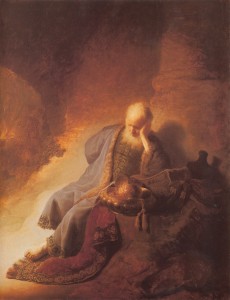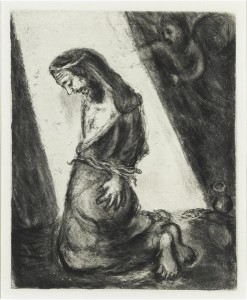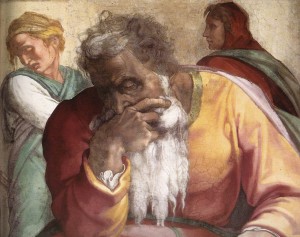Jeremiah 32:1-3a, 6-15
This text is used for the Lectionary Year C on September 25th, 2016.

At first glance, this scene in Jeremiah seems ridiculous. Jeremiah is buying plots in his hometown of Anathoth in the middle of a Babylonian siege that will ultimately lead to the exile of King Zedekiah and the Israelite people. Remember, Jeremiah is in prison and has been labeled a traitor to his people because he told everyone to lay down arms and surrender in the middle of the siege. According to the law of the land, traitorous behavior like this warrants a prison cell.
Looking deeper into the story, this ridiculous moment unfolds a larger vision for God’s people. Yes, they will be conquered and exiled, driven away from their geographical identity as the Israelite nation. The old covenant will no longer exist. However, Jeremiah is proclaiming a new covenant to come, a time when the Israelite nation will become stronger in their faith and identity as God’s people. They will soon worship God outside of their institutional walls for the temple will be destroyed, but they will learn to worship their God no matter where they are living. The reshaping of identity is beginning in the fiery blaze of the conquering Babylonian army. The end of one nation is leading to a new beginning of a new nation that will emerge from the fire.



